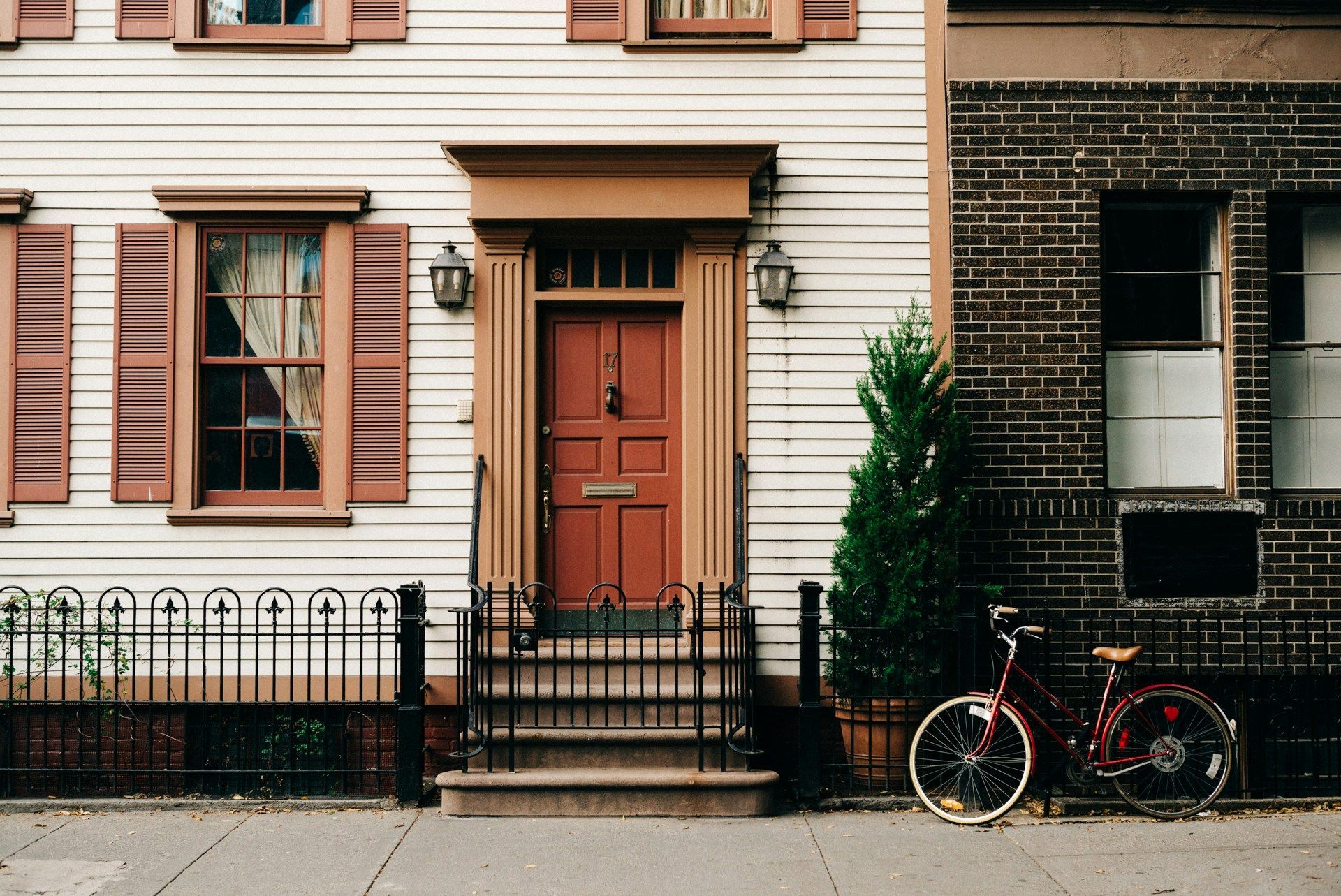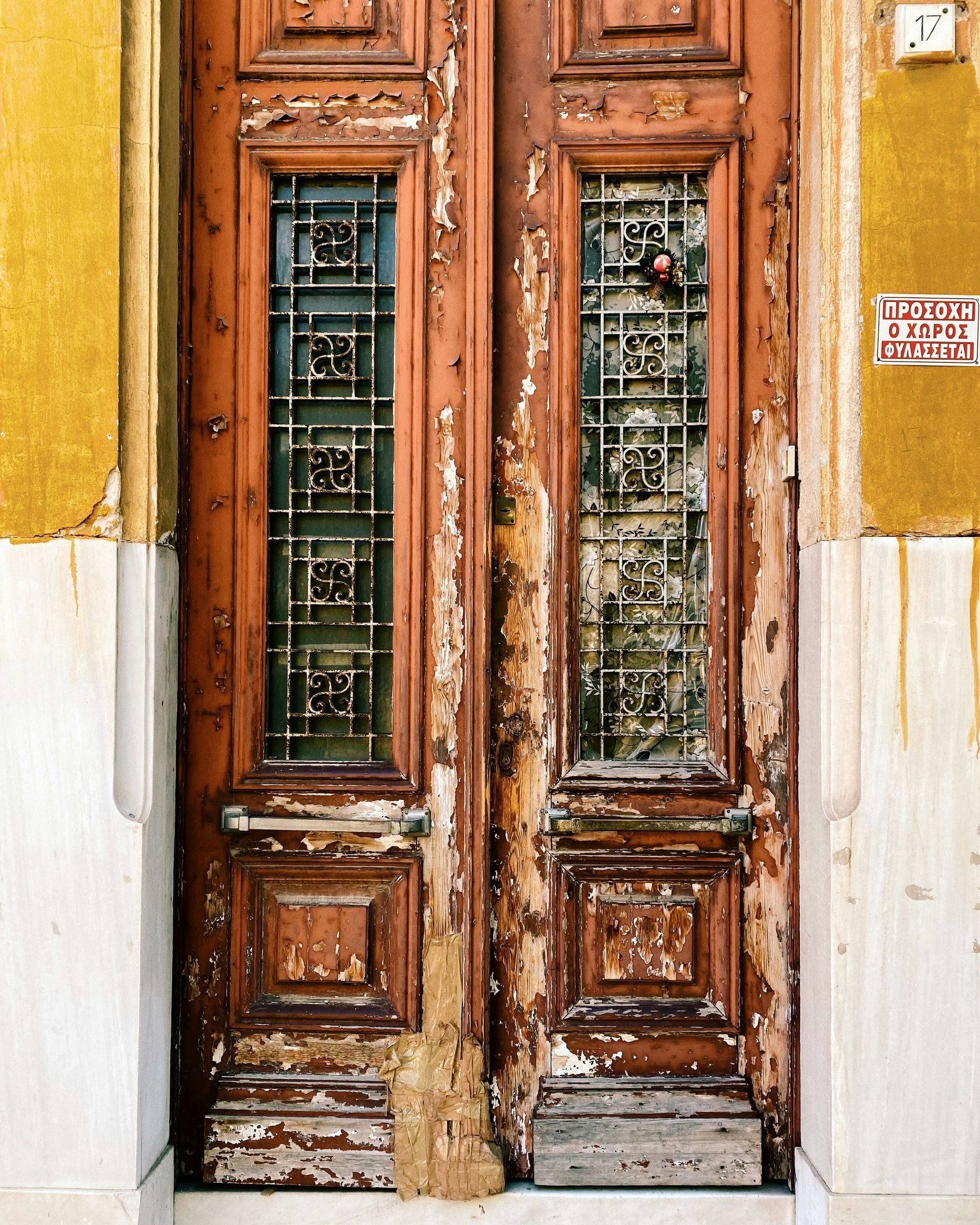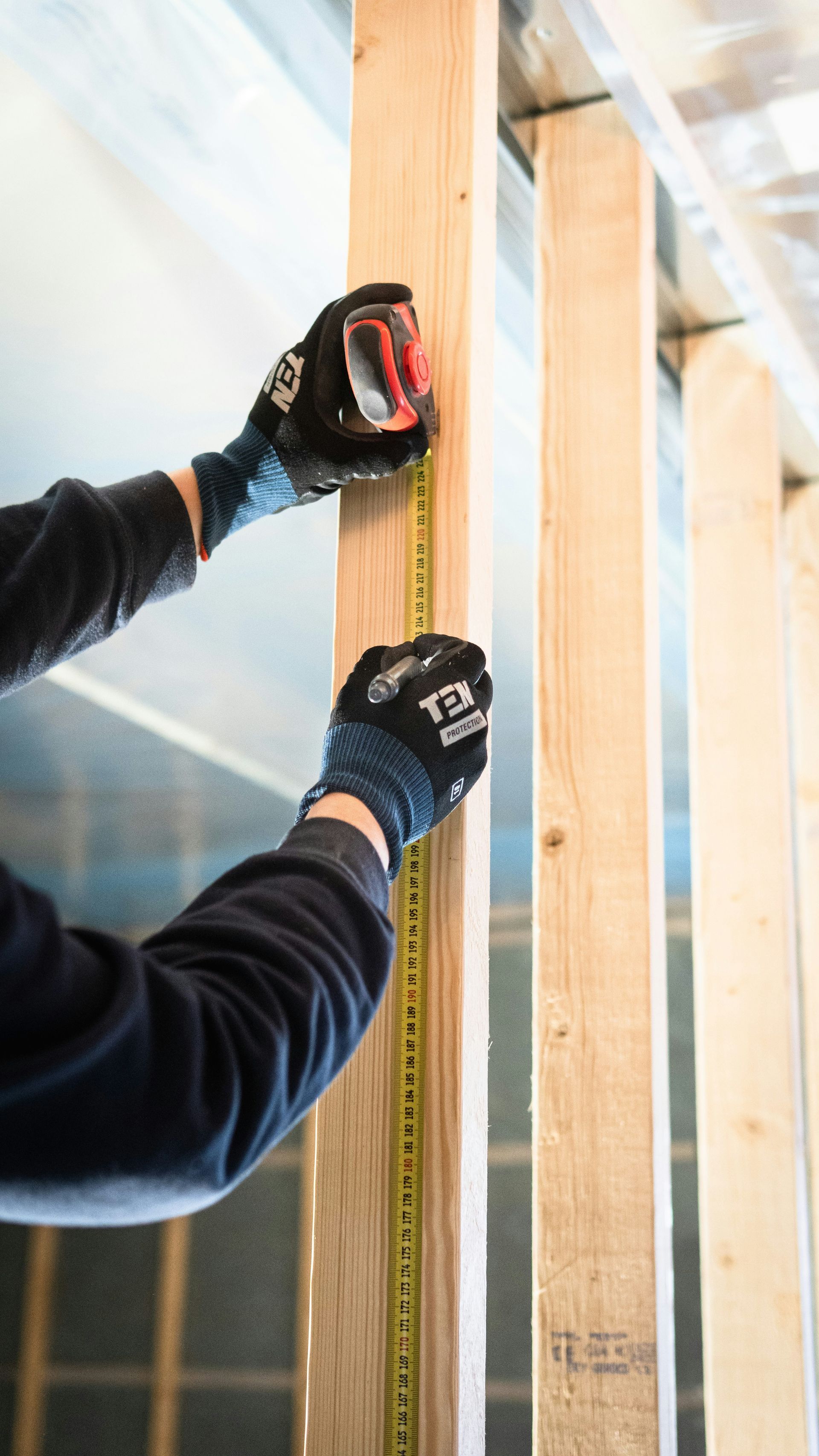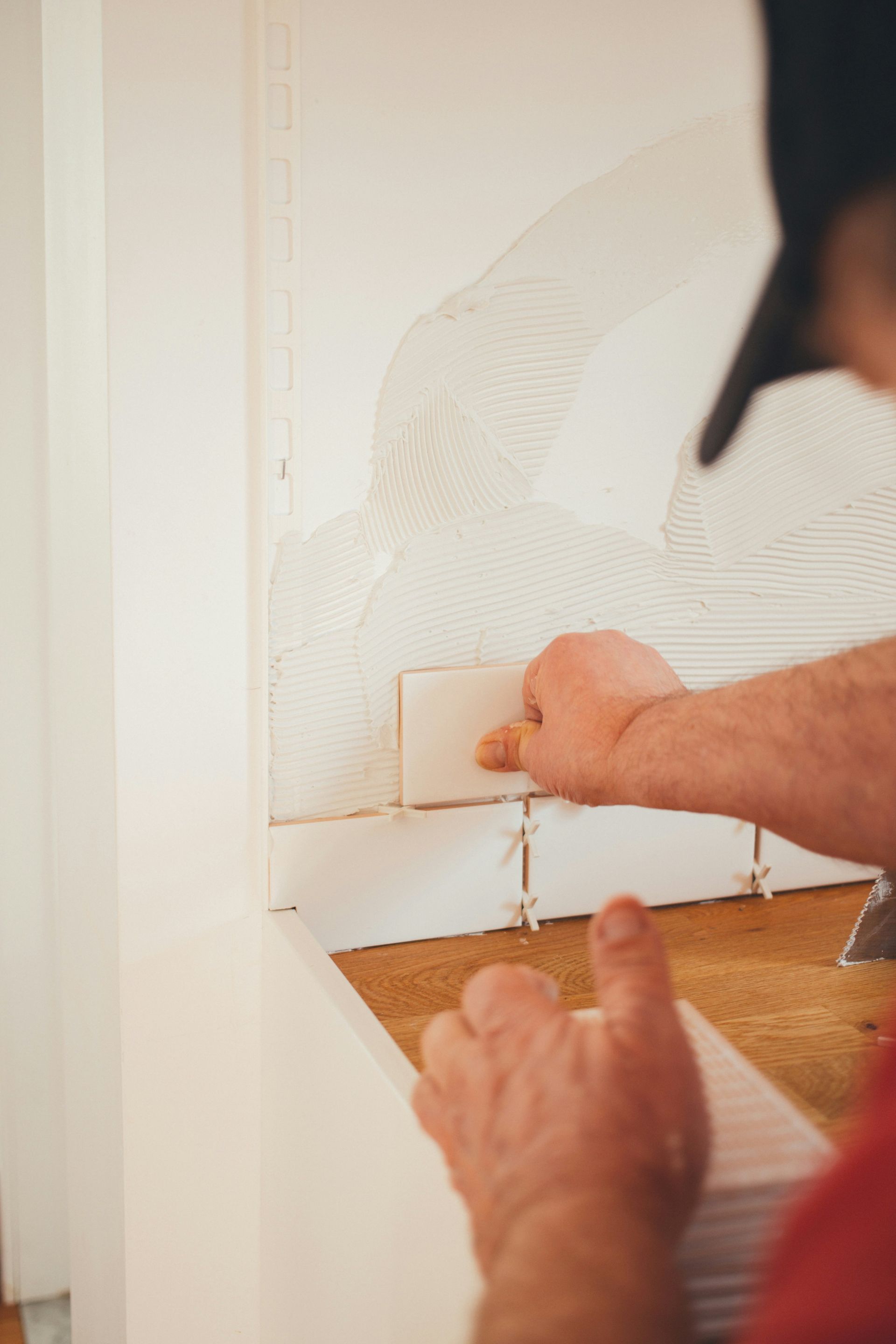How to Select the Perfect Replacement Doors for Your Home

Choosing the perfect replacement doors for your home can transform its appearance and functionality. Whether upgrading your patio with a sleek sliding door or enhancing your entryway with a sturdy fiberglass option, the right door makes a significant impact. From energy-efficient glass panels to stylish designs that complement your decor, the possibilities are endless. This article will guide you through the essential factors to consider when selecting the best doors for replacement, ensuring you make an informed decision that enhances your home’s beauty and value.
Key Takeaways
- Choosing replacement doors involves considering style, security, climate, and insulation needs
- Door materials like wood, steel, and fiberglass offer different benefits in durability and maintenance
- Energy-efficient doors can significantly reduce utility costs and improve home comfort
- Accurate measurements and understanding standard sizes are crucial for proper door installation
- Professional installation ensures optimal performance and energy efficiency of replacement doors
Understanding Your Needs for Replacement Doors

Selecting the right replacement doors involves more than just picking a style that catches the eye. Homeowners must consider various factors, from the overall architecture of their house to specific needs like privacy in certain areas. The decision-making process also includes evaluating security requirements, climate considerations, and insulation needs. Additionally, it’s crucial to assess the current state of existing doors, looking for signs of wear and tear, such as loose hinges or damaged frames. With the proper tools and knowledge, choosing the best doors for replacement becomes a manageable task that enhances both the functionality and aesthetics of a home.
Assessing the Style and Architecture of Your Home
The style and architecture of a home are crucial in selecting the right replacement doors. A classic wood door might complement a traditional home, while a sleek glass door could enhance a modern kitchen. Homeowners should consider the overall aesthetic, from the front door to the garage door and even the storm door. By carefully assessing the existing architectural elements, new doors can seamlessly integrate with the home’s design, creating a cohesive and visually appealing exterior.
Evaluating Your Privacy and Security Requirements
Privacy and security are top priorities when selecting replacement doors. Homeowners must consider the privacy needed for each room, from entry doors to interior doors. Security features like reinforced locks and sturdy materials protect against intruders and corrosion. Balancing these requirements with the door’s beauty and functionality ensures a perfect blend of form and purpose. Reputable brands offer various options catering to different security needs while complementing the home’s decor. For instance, entry doors benefit from high security with multi-point locking systems, while patio doors need reinforced glass and sliding door locks for medium security.
Considering Climate and Insulation Needs
When choosing replacement doors, it’s crucial to take into account the climate and insulation needs of your home. Selecting doors with superior insulation and weather-resistant coatings can not only help maintain a comfortable indoor temperature and reduce energy costs but also provide protection against harsh weather conditions, contributing to the longevity and effectiveness of the door. Homeowners should prioritize these factors when selecting replacement doors for their homes.
Choosing the Right Material for Your Door

Selecting the right material for replacement doors is essential for ensuring durability, maintenance ease, energy efficiency, and overall home aesthetics. Homeowners must consider the benefits of traditional wood, sturdy steel, and versatile fiberglass based on their specific needs and climate conditions. Each material offers distinct advantages in construction quality, insulation, and compatibility with home automation systems. Factors like weather resistance, security feature integration, and long-term performance in various climates are key to making an informed decision. By understanding these characteristics, homeowners can choose doors that enhance their property’s appearance while providing optimal functionality and energy savings.
Comparing Wood, Steel, and Fiberglass Options
Wood, steel, and fiberglass doors each offer unique benefits for homeowners seeking replacement options. Wood doors provide classic aesthetics and design flexibility, perfect for enhancing the charm of traditional homes. Steel doors excel in security and durability, often with extended warranties. Fiberglass doors balance aesthetics and practicality, offering low maintenance and energy efficiency to fit various budgets. When selecting door material, consider appearance and design compatibility, climate and weather resistance, maintenance preferences, budget limitations, and energy efficiency needs for long-term value.
Understanding the Durability and Maintenance of Each Material
The durability and maintenance requirements of replacement doors vary significantly based on the material. Wood doors, while offering classic beauty, require regular upkeep to prevent warping and rotting, especially in humid climates. Steel doors provide excellent security and need minimal maintenance, though they may rust if their protective coating is damaged. Fiberglass doors offer a durable, low-maintenance option, making them suitable for various applications, from front entrances to bathroom doors. Homeowners should consider their local climate and maintenance preferences when selecting a door material, as these factors greatly influence the door’s longevity and overall performance.
Factoring in Insulation and Energy Efficiency
When selecting replacement doors, homeowners should prioritize insulation and energy efficiency for a wise investment. Steel doors offer excellent thermal resistance, while fiberglass options provide superior insulation, comparable to a well-insulated window. Choosing the right door can significantly reduce energy costs, complement other energy-saving measures, and create a more comfortable, cost-effective home environment.
Sizing and Measurement Tips for Replacement Doors

Accurate measurements are crucial when selecting replacement doors to ensure a perfect fit that enhances energy efficiency and protects against extreme weather. Whether replacing a door for a plush carpeted room or a foam-insulated entryway, understanding standard sizes and knowing when customization is needed can save time and money. Homeowners should also consider Energy Star ratings and manufacturer policies to make informed decisions. By following proper measuring techniques and considering factors like threshold height and frame condition, homeowners can avoid costly mistakes and ensure their new doors provide optimal performance and aesthetics.
How to Accurately Measure Your Doorway
Accurately measuring your doorway is essential for a proper fit when selecting replacement doors, which enhances energy efficiency and protection against exterior elements. Start by measuring the width and height of the door opening from the inside of the frame, checking multiple points to account for any irregularities. Consider the door’s thickness and the frame’s depth, as these affect how well the door seals against heat loss and light infiltration. Also, the wall thickness must be measured to ensure compatibility with the new door’s hardware and installation requirements.
Understanding Standard Door Sizes and When to Customize
Understanding standard door sizes helps homeowners choose replacement doors that fit properly and provide optimal thermal insulation. While most residential doors come in common sizes, custom options may be necessary for older homes or unique architectural designs. Customization, though potentially more expensive, ensures a perfect fit, particularly with materials like polyvinyl chloride or metal. Homeowners should consider their budget and weigh the benefits of custom sizing against standard options. Standard sizes offer cost-effective solutions, while custom sizes accommodate unique designs, improve energy efficiency, and impact installation complexity and resale value.
The Importance of Energy Efficiency in Replacement Doors

Energy efficiency is a crucial factor when selecting replacement doors, as it directly impacts both comfort and utility costs. Energy-efficient doors, from the front entrance to the basement access, can significantly reduce heat transfer, leading to lower heating and cooling expenses. Although the initial price may be higher, the long-term savings and improved home comfort justify the investment. Homeowners should focus on identifying key energy-efficient features and ensure proper installation to maximize these benefits. Understanding these aspects helps in making an informed decision that balances performance with cost-effectiveness.
Identifying Energy-Efficient Features in Doors
Energy-efficient doors incorporate key features that enhance insulation and reduce energy loss. These features include low-E glass coatings, which reflect heat while allowing light to pass through, and weatherstripping that seals gaps around the door frame to prevent air leakage. Insulated cores, often made of polyurethane foam, provide excellent thermal resistance. Homeowners should look for doors with ENERGY STAR certification, which indicates that the door meets strict energy efficiency guidelines. By focusing on these features, homeowners can ensure their replacement doors offer optimal performance and energy savings.
How Proper Installation Affects Energy Efficiency
Proper installation is crucial to the energy efficiency of replacement doors. Even the most advanced energy-efficient door will underperform if not installed correctly, resulting in air leaks and heat loss. Professional installers ensure a proper fit, sealing, and insulation around the door frame, maximizing the door’s energy-saving potential. Homeowners should prioritize expert installation to fully realize the benefits of their investment in energy-efficient doors.
Conclusion
Selecting the perfect replacement doors for your home is a critical decision that affects aesthetics, energy efficiency, and security. Homeowners should carefully assess their needs, considering factors such as home architecture, climate, and privacy when choosing door materials and styles. Proper sizing, energy-efficient features, and professional installation are key to ensuring optimal performance and long-term satisfaction. Informed choices about replacement doors can enhance property value, reduce energy costs, and create a more comfortable living environment.






Share On: